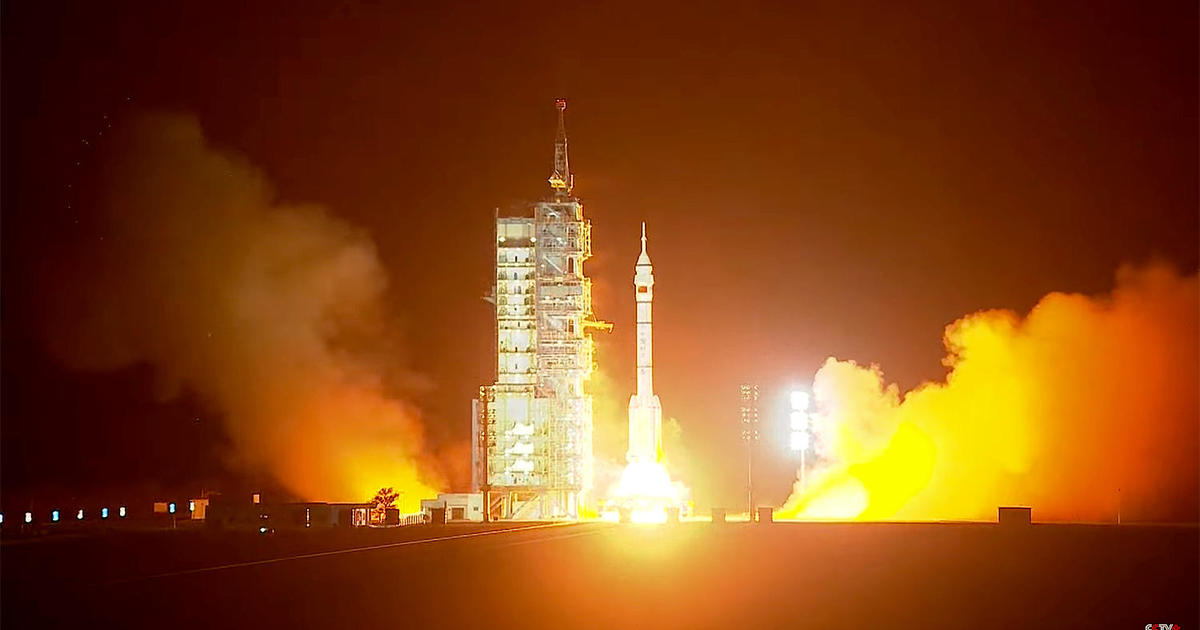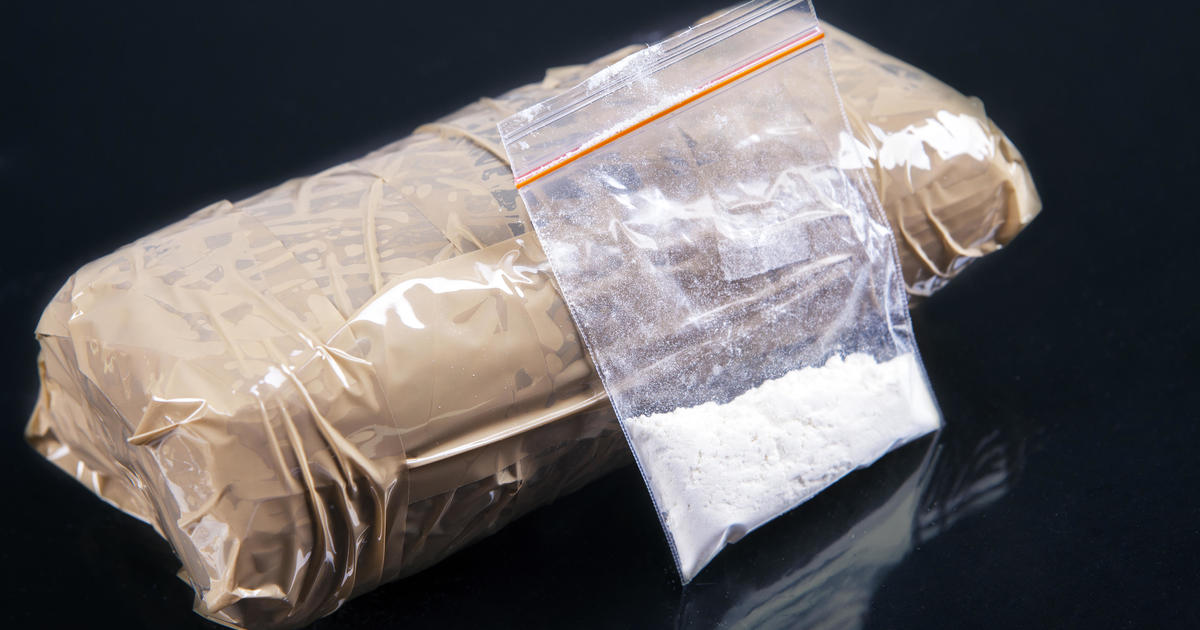NASA begins unfurling James Webb telescope's critical sunshade
Now a half-million miles and six days outbound from Earth, the James Webb Space Telescope began the most critical phase of its initial activation on Friday, unfolding a fragile five-layer sunshield the size of a tennis court that's essential to its mission.
The two pallets holding the sunshade's hair-thin Kapton layers were unfolded and locked in place Tuesday, one on either side of Webb's 21.3-foot primary mirror. On Thursday, protective covers were commanded to roll off each pallet, exposing the still-folded sunshade membranes to space.
The actual deployment began Friday when the first of two telescoping booms at right angles to the pallets began extending, slowly pulling out one side of the shield, unfolding the membranes as it went. The boom was verified to be fully extended at 4:49 p.m. EST.
"This has been a BIG DAY of @NASAWebb deployments! Closing off the year strong!" NASA science chief Thomas Zurbuchen tweeted.
The deployment of the first boom was held up several hours to give engineers time to make sure the protective covers had, in fact, rolled off to the side of the sunshade pallets as required.
"Switches that should have indicated that the cover rolled up did not trigger when they were supposed to," NASA said in a blog post. "However, secondary and tertiary sources offered confirmation that it had."
"The deployment of the five telescoping segments of the motor-driven mid-boom began around 1:30 p.m., and the arm extended smoothly until it reached full deployment," NASA said.
Engineers then sent commands to deploy the second sunshade boom, which extended smoothly and locked in place at 10:13 p.m., finally giving Webb its iconic kite-like shape.
"Today is an example of why we continue to say that we don't think our deployment schedule might change, but that we expect it to change," said Keith Parrish, the observatory manager at NASA's Goddard Space Flight Center.
Referring to the cautious approach to deploying the first boom, he said "the team did what we had rehearsed for this kind of situation - stop, assess, and move forward methodically with a plan. We still have a long way to go with this whole deployment process."
Simply extending the sunshade is not enough for Webb to meet its science goals. For the shield to work properly, blocking out heat from the sun, its five layers must be pulled taut and separated.
The temperature on the sun-facing side of the fully-deployed shade will reach 230 degrees Fahrenheit. But thanks to the separated layers of the sunshield, the optics on the side facing deep space will be passively cooled to nearly 400 degrees below zero.
That's what's required for Webb to register the faint infrared light from the first stars and galaxies to form in the wake of the Big Bang, one of the telescope's top priorities. And to do that, all five sunshade layers must be pulled taut and fully separated to reach the required low temperature.
Assuming no overnight problems and the full extension of both booms, motor-driven cables will slowly pull the first four layers taut on New Year's Day, separating them from each other in the process. The fifth layer is expected to be tensioned Sunday.
With the sunshade fully extended and taut, engineers will focus on Webb's optical system erecting the telescope's secondary mirror at the tip of an articulating tripod on Tuesday.
Webb's primary mirror, the largest ever launched, is made up of 18 segments, six of which were folded back out of the way to fit inside the nosecone of the telescope's Ariane 5 rocket.
If all goes well, those six segments, three on each side, will be rotated into position Thursday.
After that, engineers will begin a months-long process to precisely align each segment to achieve a razor-sharp focus. After instrument checkouts and calibration, the first science images are expected in about six months.





